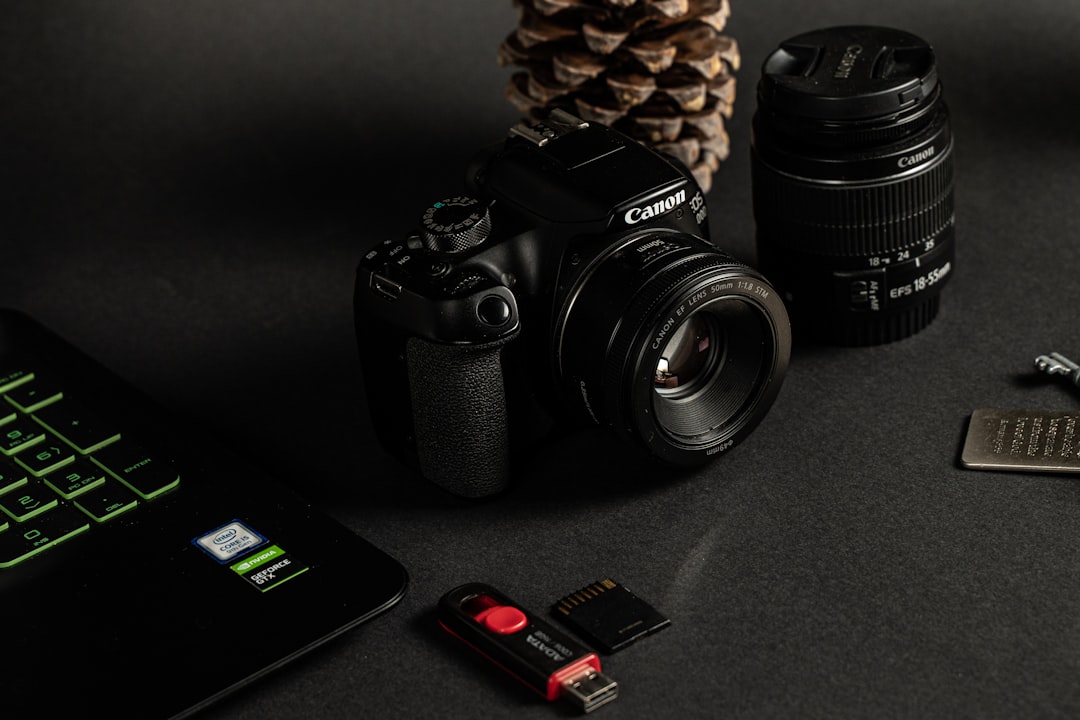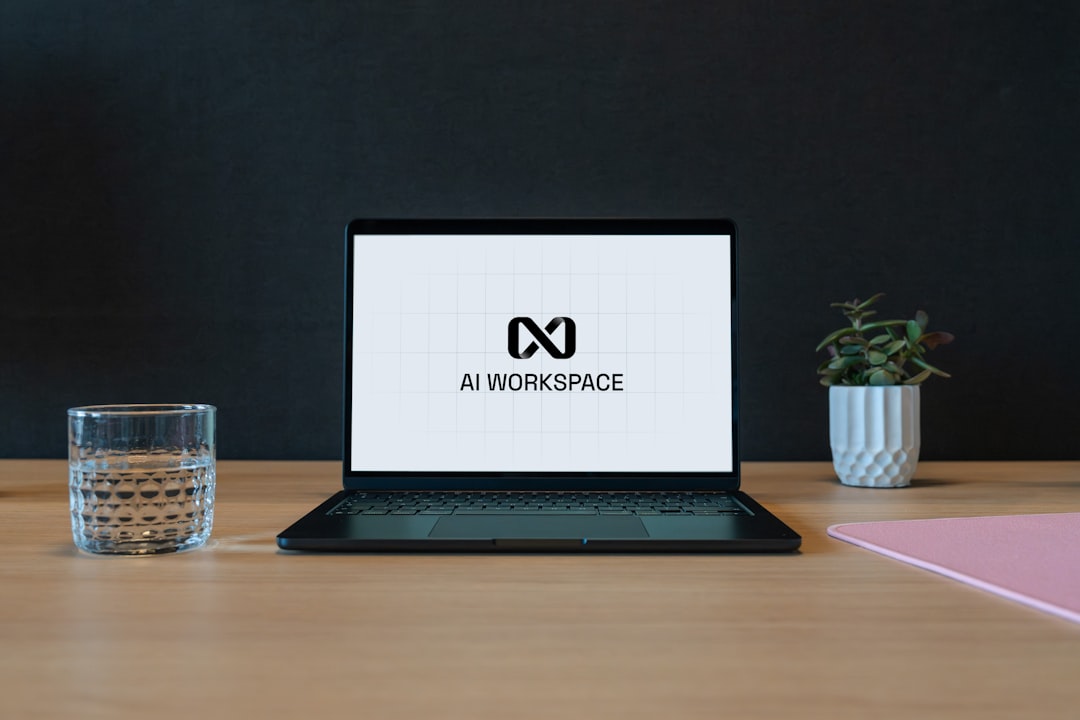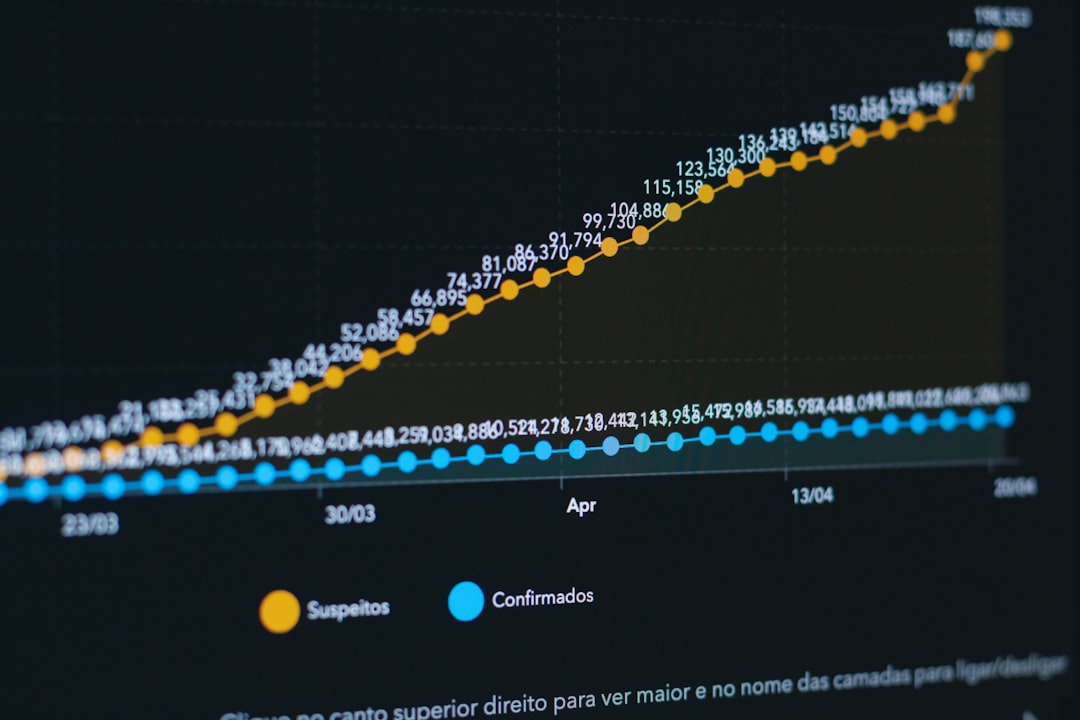If you’re just starting your journey into the world of 3D printing, you’re probably overloaded with all of the options, brands, and techniques available. Among these, two of the most common and popular 3D printing technologies are Fused Deposition Modeling (FDM) and resin-based printing, often referred to as SLA or MSLA depending on the specific type. Each has its own strengths and weaknesses, but for beginners, one critical consideration tends to rise above the rest: cost.
In this guide, we’ll break down the associated costs of both FDM and resin 3D printing to help you determine which option is more suitable for your budget and your project goals.
Initial Printer Cost
The upfront cost of the 3D printer itself is the first investment you’ll need to consider. Here’s how they compare:
- FDM Printers: These tend to be more affordable. Good starter models like the Ender 3 series can range from $150 to $300.
- Resin Printers: Entry-level resin printers like the Anycubic Photon or Elegoo Mars typically start around $200 to $500.
While both can be affordable, FDM printers usually give you more build volume for your dollar, making them attractive to those looking to print larger models without investing too much up front.
Material Costs
The next major cost factor is the consumable material—filament for FDM, and liquid resin for resin printers. Let’s explore:
- FDM Filament: Filaments such as PLA generally cost around $20 to $30 per kilogram. Specialty filaments like ABS, PETG, or flexible TPU can be slightly higher.
- Resin: UV-sensitive resin used in resin printers typically costs about $35 to $60 per liter. Specialty resins (such as dental or castable resins) can go well over $100 per liter.
On a per-print basis, materials for FDM printers tend to be more budget-friendly, especially if you’re printing large, solid objects. Resin, while capable of extreme detail, becomes costly for larger prints due to the higher price and specific print constraints.
Print Detail and Quality
Cost efficiency is not only about the dollars spent but also the value received. One area where resin printers truly shine is in detail:
- FDM: Generally good for functional parts, structural models, and medium-detail miniatures. Layer lines are more visible, especially without post-processing.
- Resin: Capable of incredible levels of detail, perfect for small figurines, intricate parts, or anything that requires precision.
In this sense, while resin printing is more expensive, you’re also paying for much more detailed output.

Maintenance and Consumables
Every printer requires upkeep, and this can lead to ongoing costs you may not initially consider:
- FDM Printers:
- Nozzles may need replacement (~$5-10 each).
- Bowden tubes, belts, and hot ends may wear with prolonged use.
- Electric costs are moderate due to longer print times.
- Resin Printers:
- FEP films in resin vats degrade over time and may need replacement ($10–$30).
- Isopropyl alcohol (IPA) for cleaning prints and tools (~$15 per gallon).
- Gloves, paper towels, and containers for handling resin safely add to recurring costs.
Resin printing also requires post-processing (washing and curing), which may compel you to invest in a separate wash and cure station—adding another $100–$150 to your setup.
Workspace and Safety
Another hidden cost comes in the form of workspace requirements and safety considerations:
- FDM:
- Virtually odorless when using PLA filament; more tolerable for indoor settings.
- Requires good ventilation if using materials like ABS.
- Resin:
- Resin has a strong odor and can be toxic in liquid form. You’ll need a well-ventilated area.
- Gloves and eye protection are strongly advised.
- UV light is necessary to fully cure the prints.
Thus, beginners printing in shared or living spaces may find FDM more convenient and cost-effective simply due to reduced auxiliary requirements.
Print Speed and Volume
This is an area often overlooked. The size and volume of your print bed, and the time each print takes, can significantly influence costs over time:
- FDM:
- Larger build volumes—some entry FDM printers can print objects up to 220×220×250mm.
- Slower at high detail levels, but better for bulk printing.
- Resin:
- Smaller build volumes—typically under 130×80×160mm for budget models.
- Faster for batch printing small objects, as each layer cures at once.
So if you plan to print large cosplay props or structural parts, FDM may be more cost-efficient. However, for highly-detailed small models or miniatures, resin can provide better value, despite its higher price.

Software and Learning Curve
Most modern 3D printers use slicer software to convert your 3D models into printable formats. The good news?
- FDM: Free slicers like Cura are user-friendly and heavily supported by communities.
- Resin: Software like ChiTuBox is also free and easy to use, though post-processing adds steps.
That said, the cleanup and curing stages of resin printing may add complexity for new users unused to handling chemicals or multi-step processes. FDM is often praised for being a more “set and forget” experience once dialed in.
Quick Cost Summary Table
| Category | FDM Printing | Resin Printing |
|---|---|---|
| Printer Cost | $150 – $300 | $200 – $500 |
| Material Cost | $20 – $30/kg | $35 – $60/liter |
| Post-Processing | Minimal | Washing, curing, safety gear |
| Detail Level | Moderate | High |
| Maintenance | Low – Moderate | Moderate – High |
Final Verdict: Which Is More Budget-Friendly?
In the debate between resin vs FDM 3D printing, the answer truly depends on your goals:
- Go with FDM if: You want to print large, functional parts with lower material and maintenance costs. Great for prototyping, structural elements, and cosplay.
- Go with Resin if: You value fine detail, superior resolution, and are okay with spending extra for print quality and post-processing.
For most beginners, FDM printing offers the best balance of affordability, ease of use, and versatility. However, if your focus is on miniatures, art pieces, or dental models, the precision of resin printing may justify its higher upfront and ongoing costs.
Whatever your choice, both are incredible tools that open up creative possibilities beyond imagination. Start with your budget and intended



